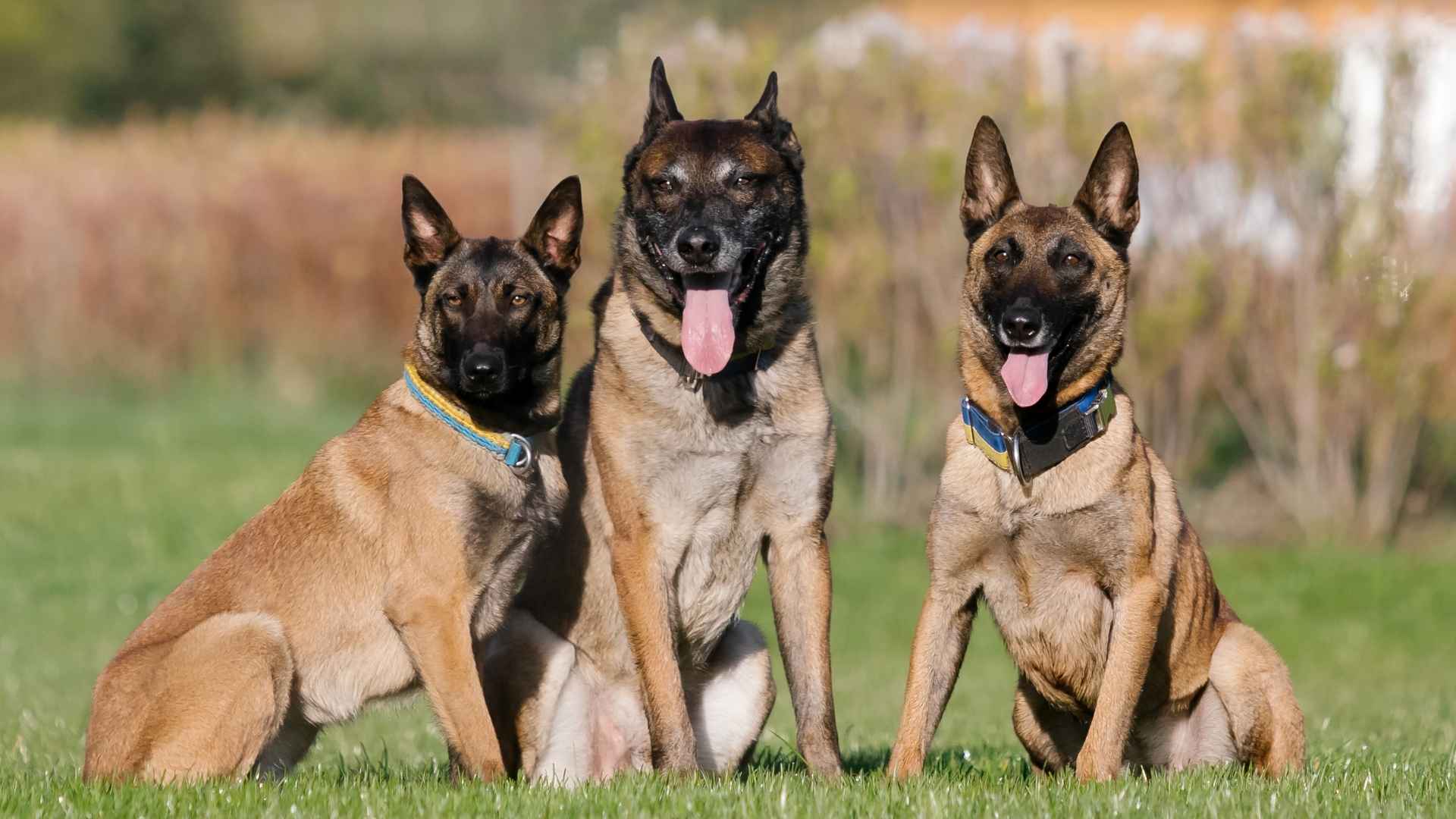Safety concerns can make it difficult to feel completely at ease, whether you live in a busy city or a rural area. Many people find reassurance in knowing they have a capable dog at their side, ready to respond if a threat appears.
In the U.S., certain breeds have long been recognized for their ability to protect without unnecessary aggression. They are vigilant, quick to assess situations, and deeply loyal to the people they guard.
These qualities make them valuable companions in homes where security is a priority. The right dog can bring both peace of mind and companionship, offering comfort in everyday life and confidence in uncertain moments.
In the next part of this article, we will take a closer look at the most popular guard dog breeds in the U.S., examining their instincts, abilities, and roles as dependable protectors.
Popular Guard Dog Breeds In US Today
1. German Shepherd
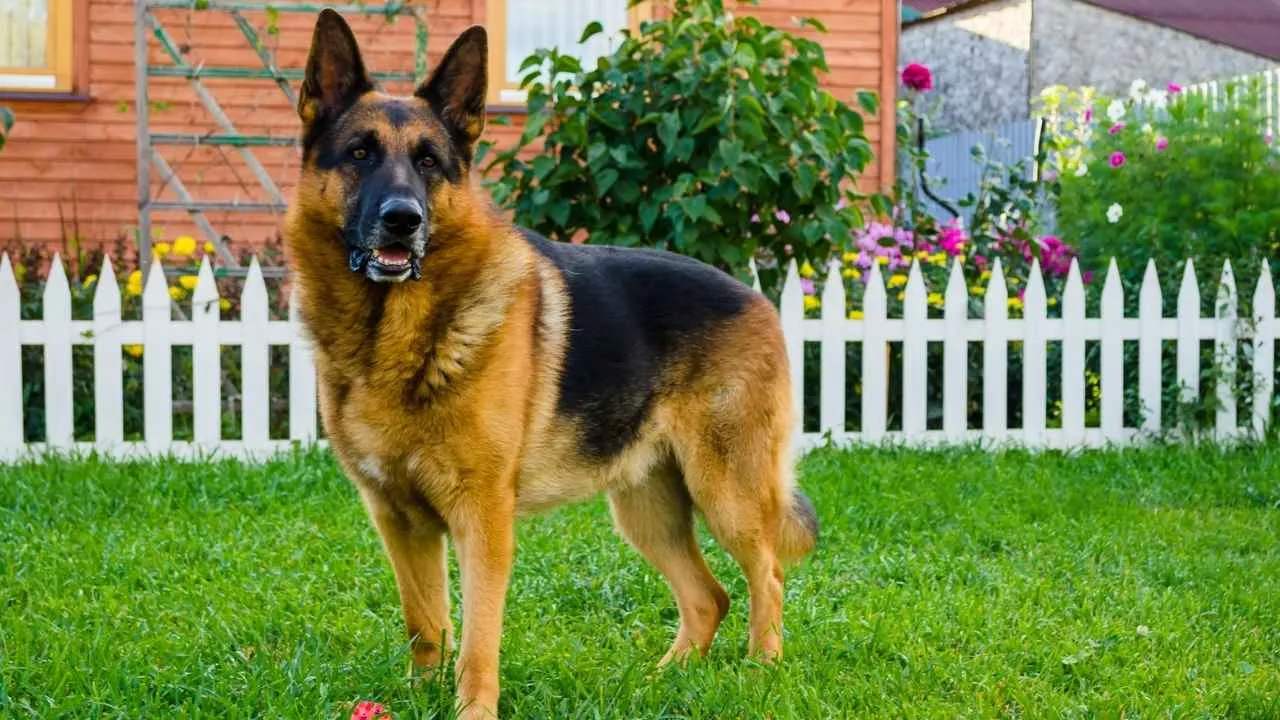
German Shepherds are widely used in police and military operations due to their adaptability in high-pressure situations. They perform complex tasks like scent detection, tracking, and suspect apprehension. This combination of intelligence and precision keeps them among the most valued guard dog breeds.
Strength and Physical Command
With a powerful frame and muscular build, they can physically intercept intruders or dangerous animals if needed. Their speed, reaching up to 30 mph in sprints, allows them to close distances rapidly during security patrols. This physical advantage is why they remain one of the top choices for serious protection dogs.

Sharp Situational Awareness
Their keen sense of hearing and scent enables early detection of unusual activity, even at a considerable range. They monitor their surroundings with constant focus, ready to shift into action mode. In security work, this gives handlers valuable seconds to respond.
Trainability Under Pressure
German Shepherds can learn and execute advanced commands in chaotic or noisy environments without losing focus. They retain learned behavior over time, making them dependable in repetitive security duties. This consistency ensures a reliable defense line in both private and public settings.
2. Rottweiler
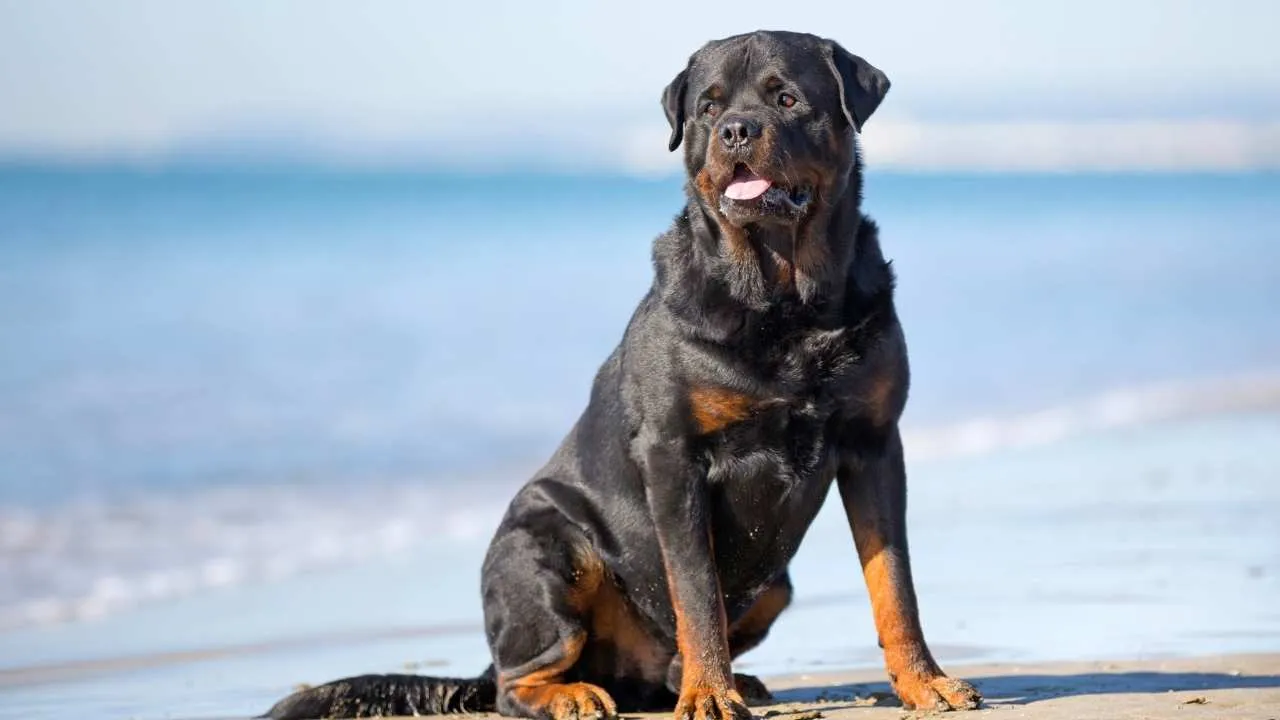
Rottweilers combine impressive muscle mass with an instinct to assess potential threats before reacting. They remain calm under normal circumstances, but their presence alone can deter trespassers from approaching. Years of selective breeding have made them excellent guard dogs for both homes and properties.
Balanced with Family Loyalty
They are known to form deep bonds with their household, creating a natural motivation to protect. As a protective dog breed, they respond decisively when someone appears to be in danger. This loyalty often extends to children they grow up with, provided boundaries are clear.
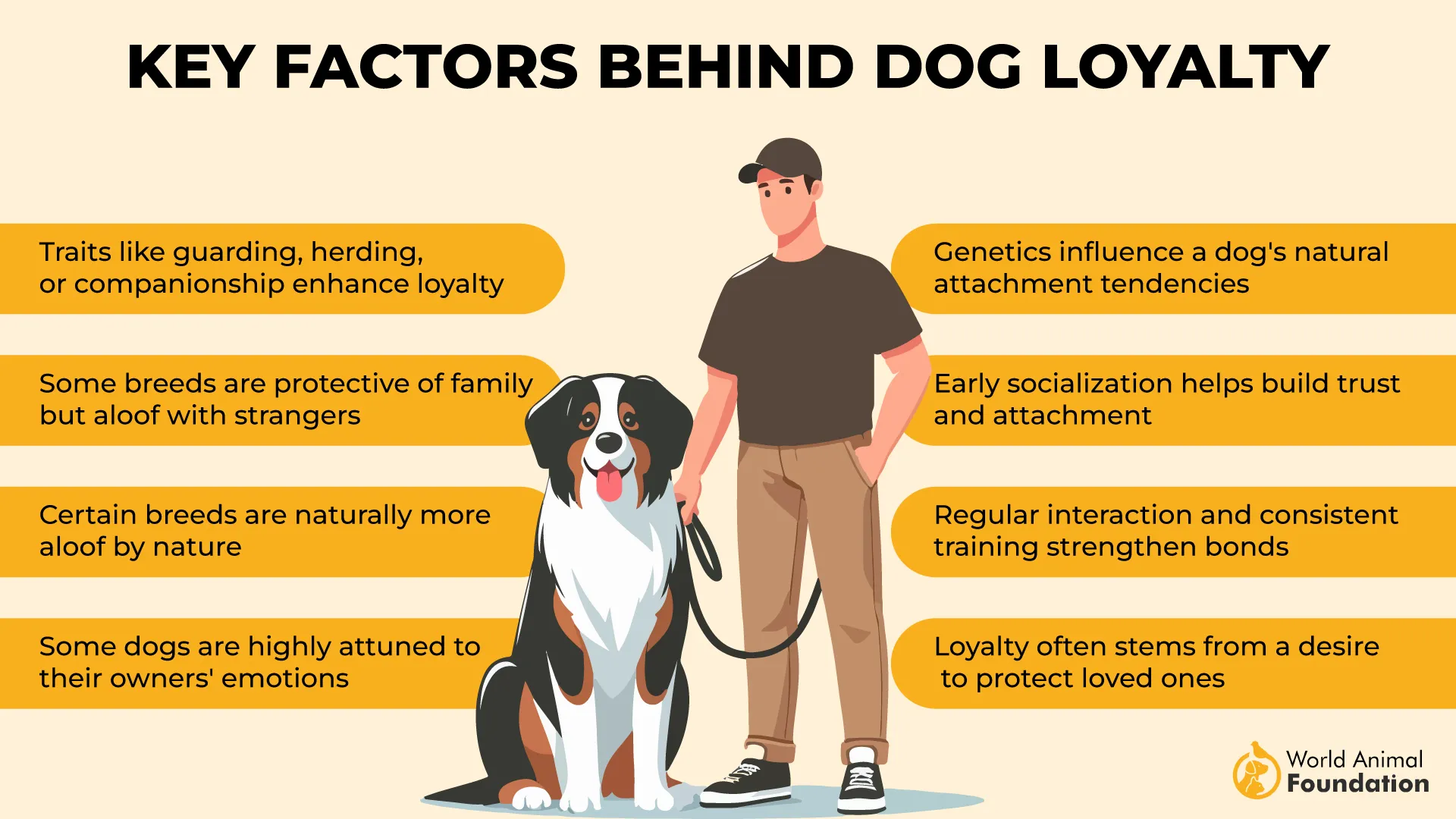
Social Skills Through Guidance
Their confidence and territorial awareness make proper socialization essential. Exposure to varied environments early on helps them differentiate between guests and intruders. This training not only supports safety but also keeps their natural confidence from turning into unnecessary aggression.
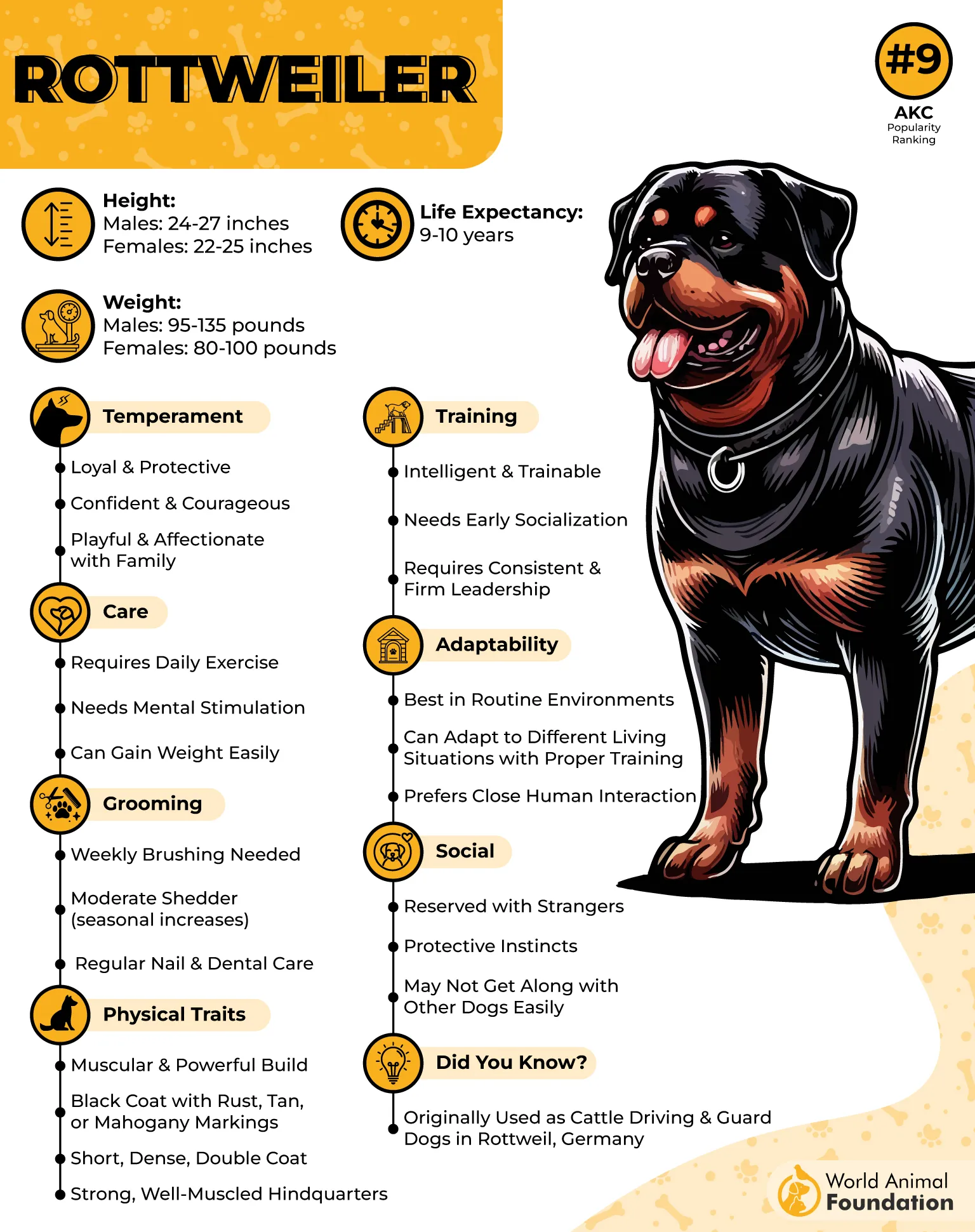
Physical Strength in Action
Rottweilers have the endurance to perform long perimeter patrols and the power to physically restrain an intruder if needed. Their broad chest and solid stance allow them to maintain control in physically demanding situations. These qualities have kept them valued in both family and working roles.
3. Doberman Pinscher
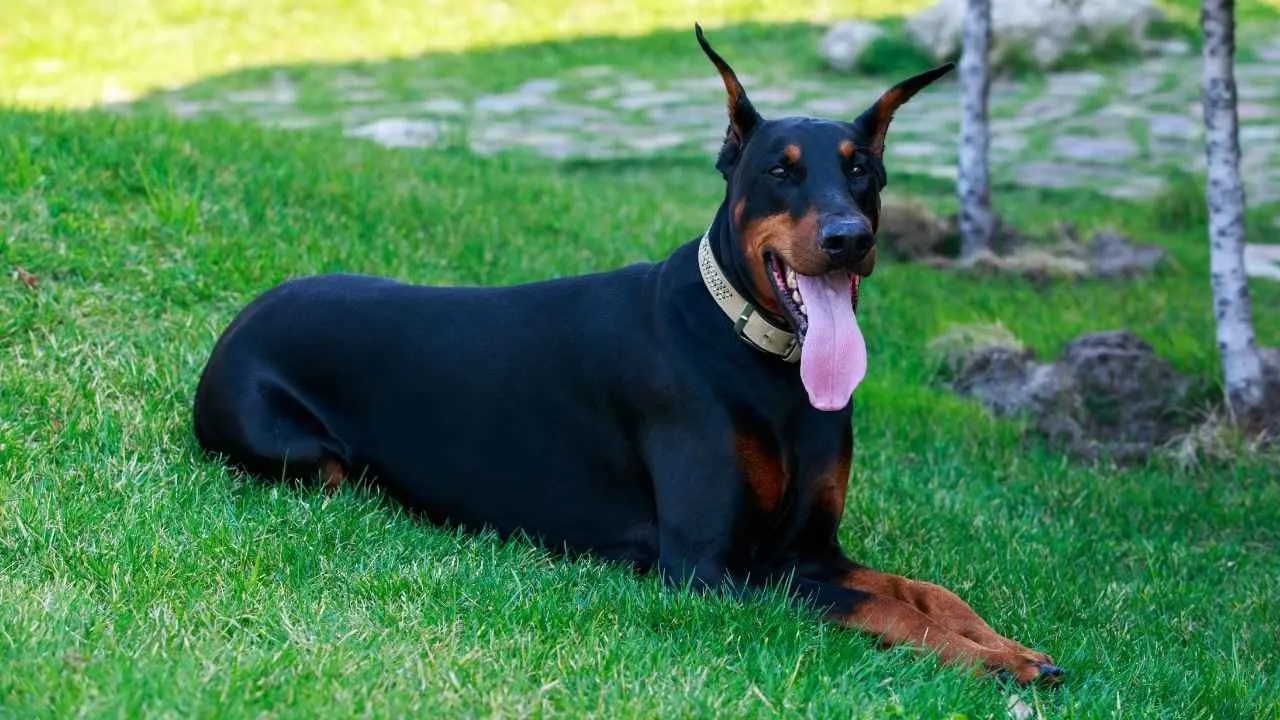
Dobermans excel in guard work thanks to their ability to respond instantly to commands. Their lean, muscular build supports quick acceleration and sharp maneuvering during patrols. A naturally alert expression keeps them focused on activity within their territory.
Strategic Protection
With proper training, they develop the discipline to distinguish between a real threat and harmless movement. This prevents unnecessary escalation while ensuring readiness when action is needed. Their adaptability makes them suitable for both family homes and professional security roles.
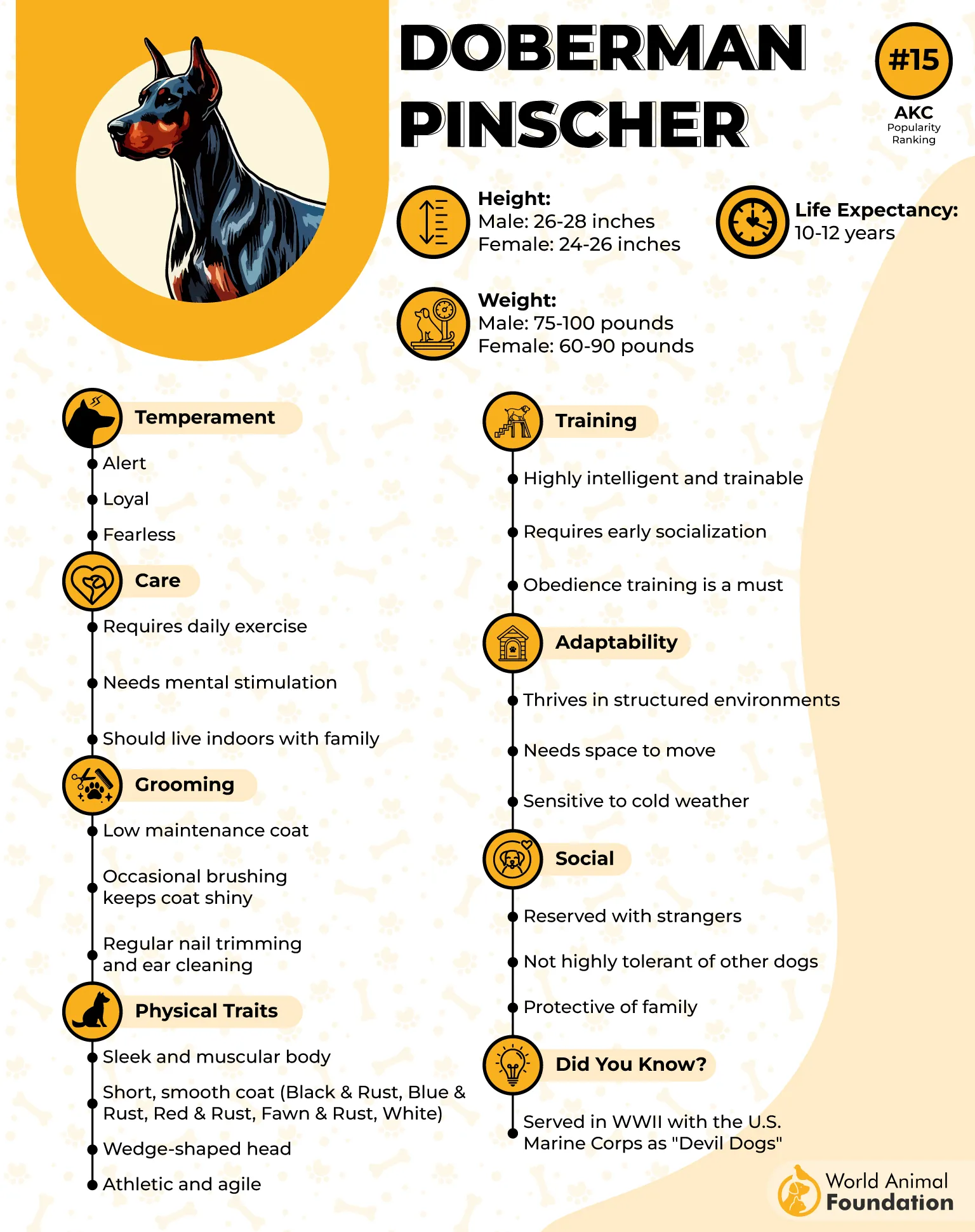
Strong Bond with Families
Dobermans often form deep attachments to their primary handlers, which extends to a protective instinct over the household. Their presence deters trespassers, while their social intelligence allows them to integrate into busy family environments without losing vigilance.
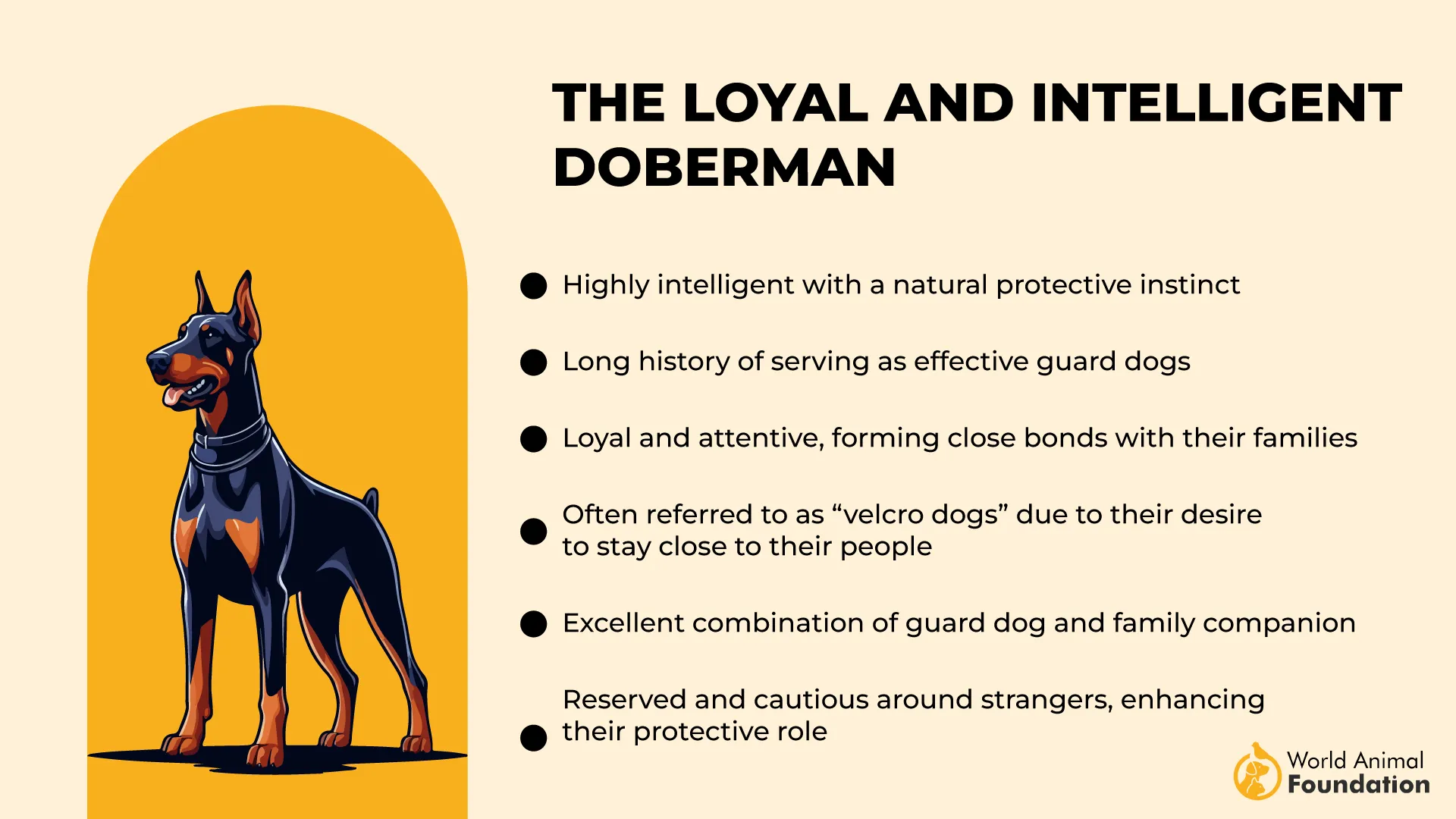
Endurance for Long-Duration Guarding
Their stamina allows for extended periods of watchfulness without losing concentration. As one of the best guard dogs recognized worldwide, they balance physical power with mental sharpness, making them highly effective in both urban and rural protection scenarios.
4. Belgian Malinois
Belgian Malinois have a strong work ethic and unmatched alertness, making them reliable for both home and perimeter security. Their ability to respond instantly to subtle commands is one reason they are often considered the best guard dog breed in active households.
Natural Protective Instincts
They have a deep-rooted protective nature that extends to every member of the family. This vigilance is paired with remarkable situational awareness, allowing them to detect shifts in body language or sounds that might signal a threat.
Training for Home Integration
Early socialization and consistent basic obedience training are essential for shaping their energy into controlled, dependable behavior. With structure, they can adapt well to living with children while remaining attentive to possible dangers.
Managing Energy Around Others
According to PetMD, due to their high drive, they need both mental and physical challenges daily. They can live alongside other animals when introductions are handled correctly, but their instinct to guard may still emerge in unfamiliar situations.
5. Bullmastiff
A Bullmastiff’s presence alone can be a deterrent to intruders, but its calm watchfulness is what makes it reliable for household security. This breed was historically used to track and hold trespassers without excessive aggression, a trait that still defines its guarding role today.
Strength with Control
Their strong protective instincts allow them to respond swiftly when a real threat is sensed. Known for their ability to stand their ground, they can physically block or pin down intruders if necessary, yet remain composed around trusted individuals.
Adaptable to Family Settings
A Bullmastiff can adapt to family life with ease, showing patience toward children and attentiveness to daily routines. With early socialization, they learn to be alert without becoming overly suspicious, creating a stable environment for both play and protection.
Guarding Without Excessive Barking
These dogs are often described as silent sentinels, relying more on their size, stance, and focus than on constant noise. This makes them great guard dogs in neighborhoods where loud alerts might be a concern, while still providing dependable property security.
6. Boxer
Boxers combine athletic endurance with alert awareness, making them reliable home protectors that remain approachable with family members. Their upright stance and quick reactions allow them to assess situations rapidly, whether during outdoor play or unexpected activity near the property.
Playful Yet Watchful
A Boxer’s enthusiasm with children is matched by its readiness to intervene when needed. Known as a great family dog, it manages to shift from play mode to guard mode without losing focus. This adaptability is a reason they excel in both companionship and security roles.
Guarding Through Connection
Their natural guarding instincts are supported by a strong emotional bond with the people they live with. This connection increases their responsiveness to unusual sounds or movements, helping them distinguish between normal household noise and a possible threat.
Keeping the Mind Engaged
Regular exercise is not enough for a Boxer; they require mental stimulation to maintain balanced behavior. Tasks like agility drills or scent work can channel their energy into constructive activities, keeping them responsive and engaged for both play and protective duties.
7. Great Dane
Great Danes stand tall at over 30 inches in many males, giving them an immediate visual advantage as deterrents. Their size and steady gaze can stop intruders before any confrontation is necessary. This natural intimidation factor puts them among the most respected protective dog breeds.
Calm Yet Watchful Temperament
Despite their gentle disposition indoors, they remain alert to changes in their environment, as the AKC highlighted. Their hearing and ability to sense unfamiliar movement make them valuable in early threat detection. When trained consistently from a young age, they learn to respond with control rather than overreaction.
Suitable for Family Life
They can be wonderful family pets when provided with space and structured exercise. Their patient demeanor makes them comfortable around children, while their loyalty ensures they stay close during outdoor activities. Careful socialization helps them adapt to guests without diminishing their guarding instincts.
Endurance and Agility for Their Size
Although a large dog, the Great Dane can move with surprising speed when required. Short bursts of energy are often enough to chase off trespassers, while their stamina supports prolonged yard or property patrols. Their balance of size and agility serves both as a physical and psychological safeguard.
Conclusion
The dogs listed above show that good guard dogs can also be steady companions in everyday life. Some were bred to guard livestock, others to stand watch over homes, but all remain effective guard dogs when training and care are consistent.
They represent the most protective dog breeds, combining awareness with the patience needed in family settings. While some are independent dogs that work well on their own, others thrive most when close to their people. Many are also great family pets, proving that a loyal breed can protect while still bringing warmth to the home.


